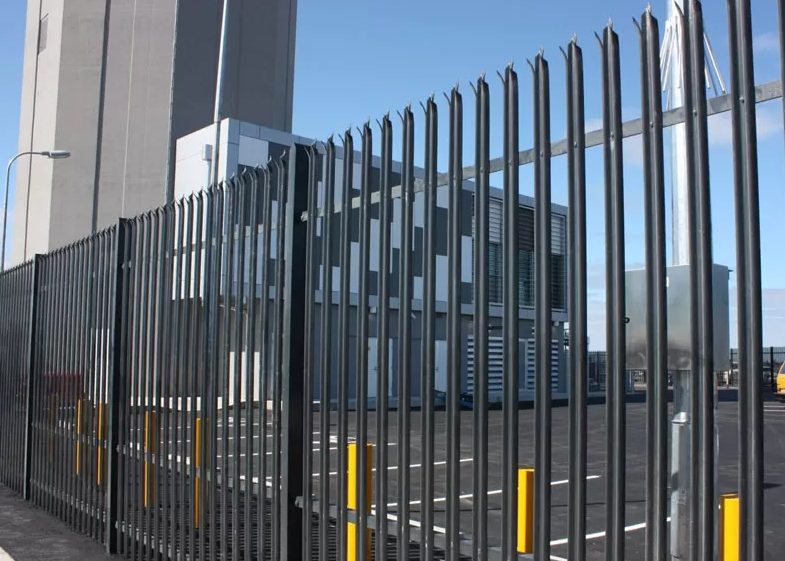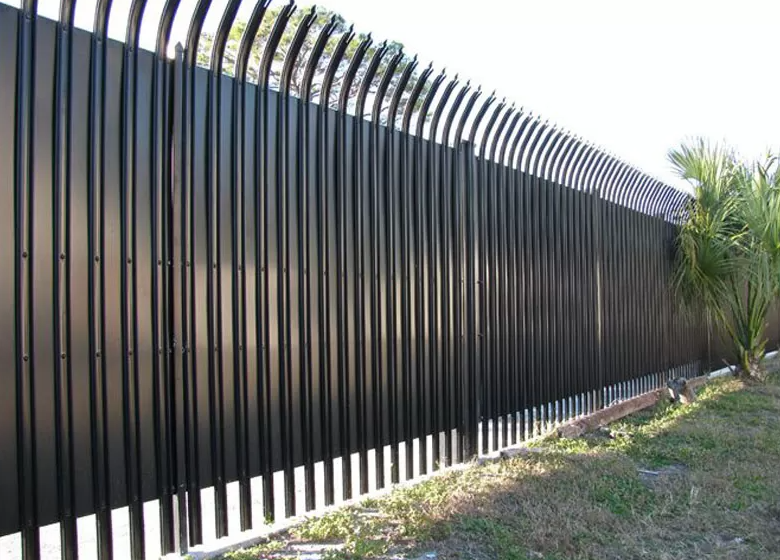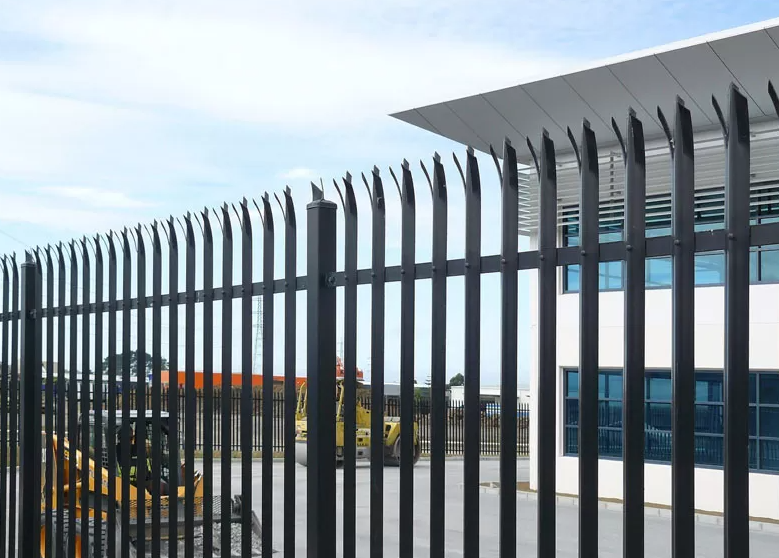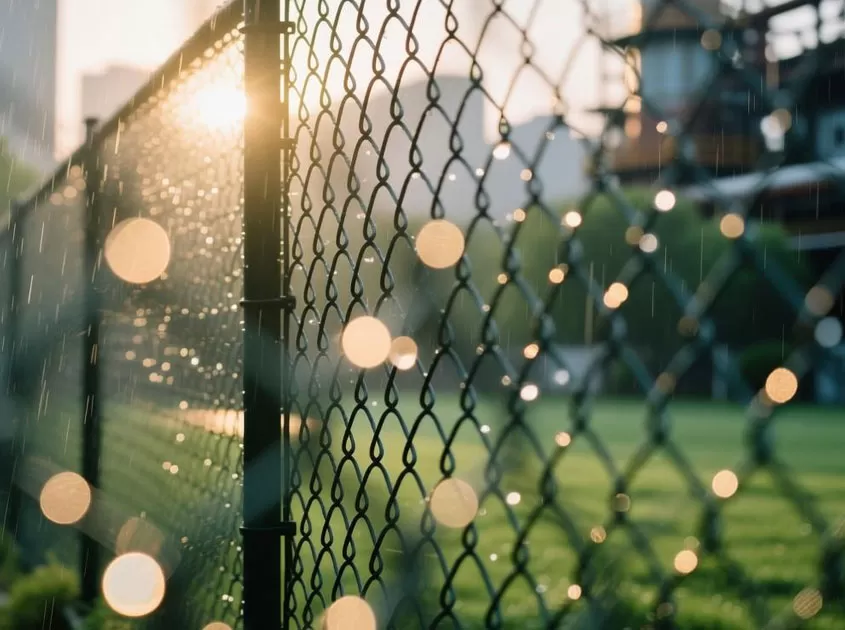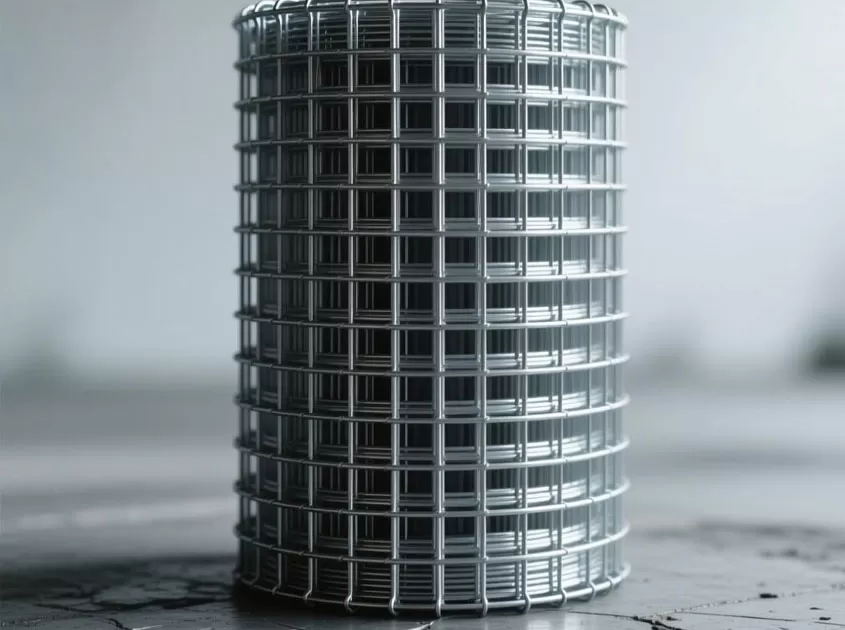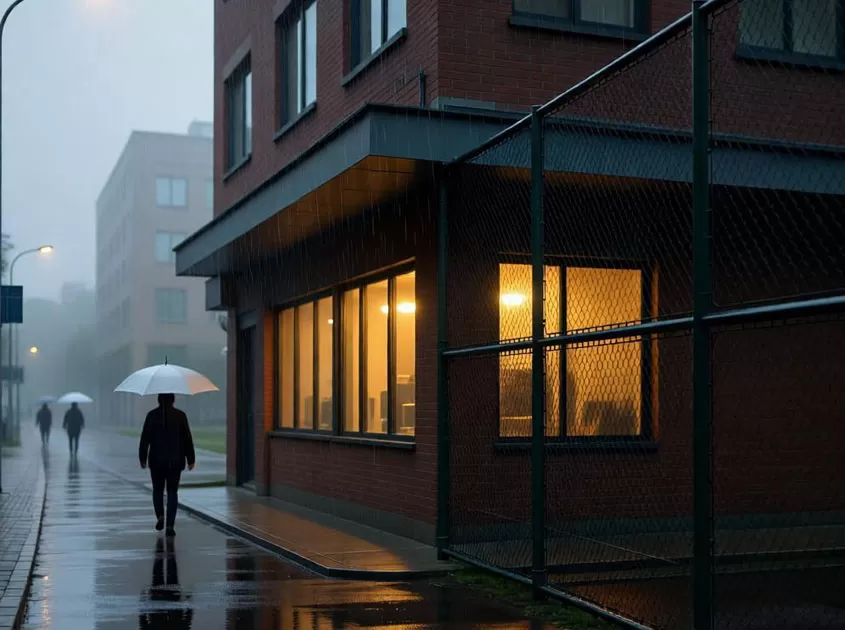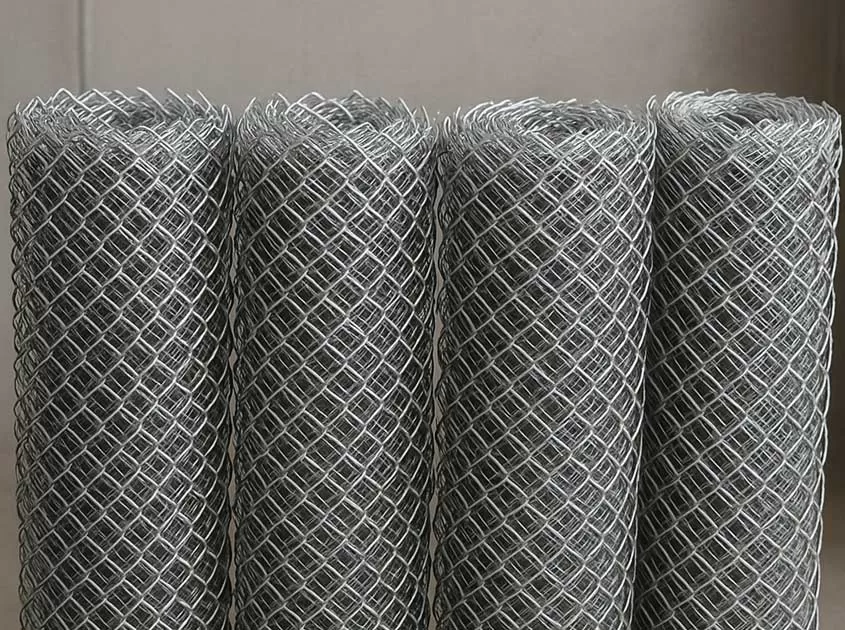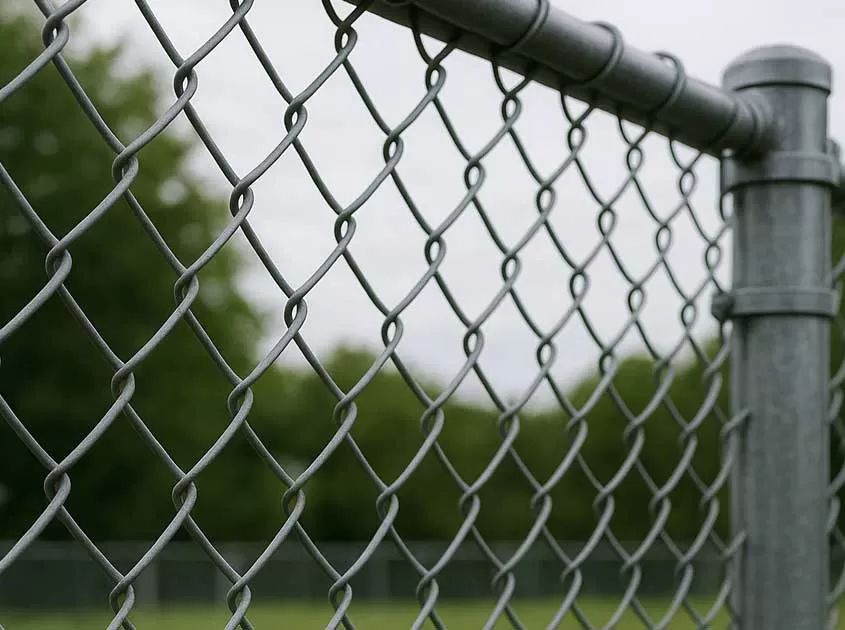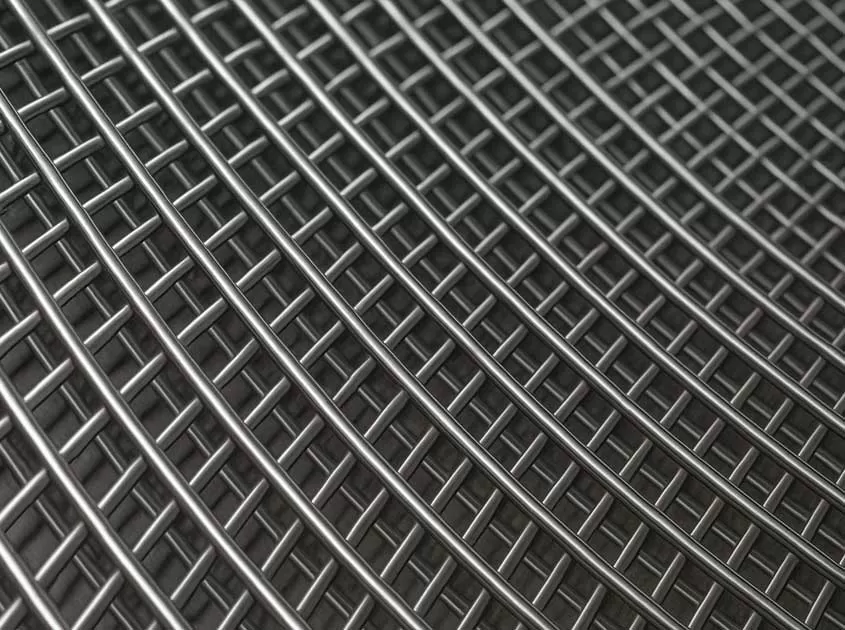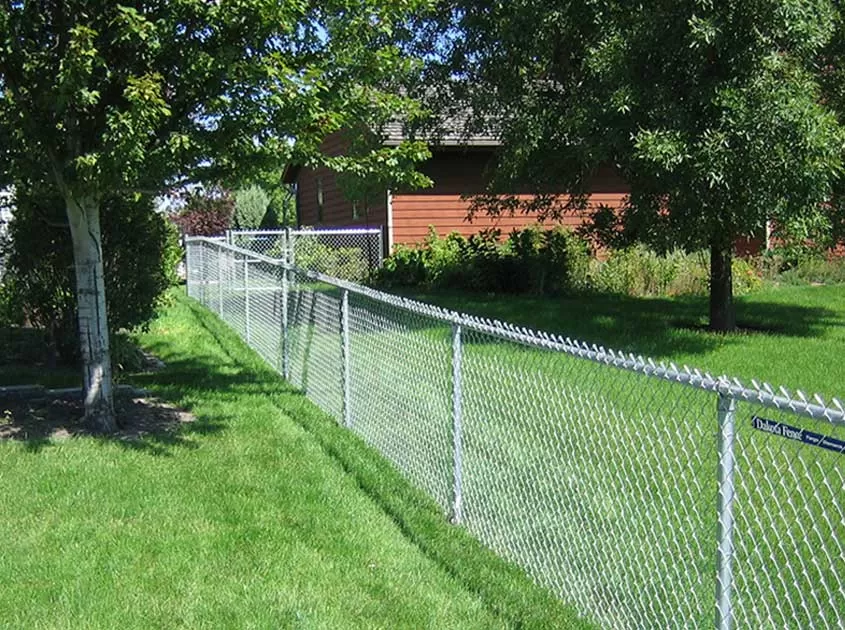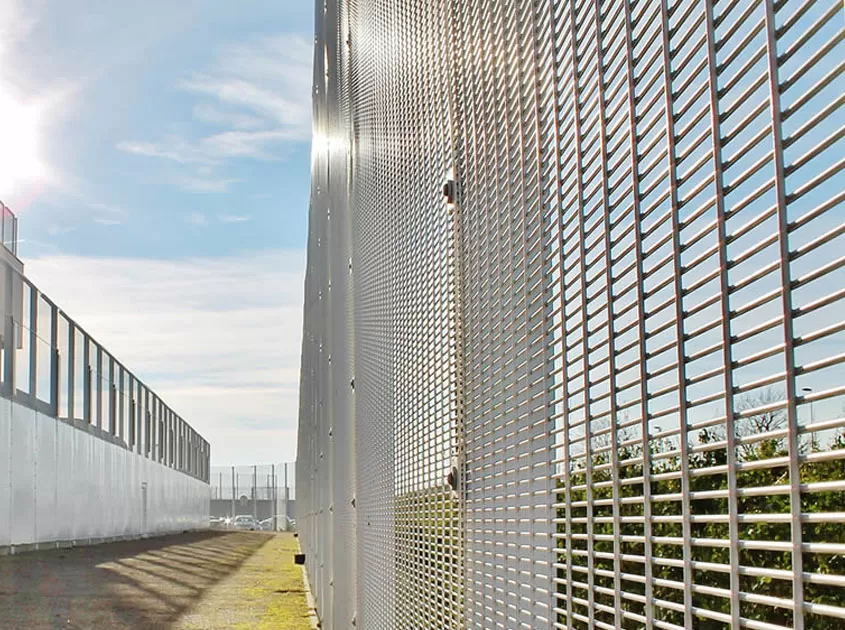The Complete Guide to Palisade Fencing
Palisade fencing is one of the most popular and effective security solutions for both residential and commercial properties. Known for its strength, durability, and visual appeal, this type of fence is commonly used to deter intruders and provide a high level of security. Whether you’re looking to secure your property or enhance its aesthetic value, palisade fencing can be the perfect choice. This comprehensive guide will walk you through everything you need to know about palisade fencing, including its benefits, types, installation process, and maintenance tips.
What is Palisade Fencing?
Palisade fencing is a type of vertical security fence that is characterized by its tall, pointed metal pales, typically made of steel or aluminum, mounted on horizontal rails. The spikes on the fence serve as a deterrent for trespassers, making it an ideal choice for high-security areas such as industrial sites, schools, and private properties. The term "palisade" refers to the wooden or metal posts used to form the fence structure, with the points resembling sharp spikes or spearheads.
Benefits of Palisade Fencing
Choosing palisade fencing offers a variety of advantages, both functional and aesthetic. Here are some of the key benefits:
High Security: The pointed design of palisade fencing makes it difficult for intruders to climb or jump over. The sharp spikes act as a physical deterrent, preventing unauthorized access to your property.
Durability: Palisade fences are highly durable and can withstand harsh weather conditions, corrosion, and wear and tear. Made from materials like galvanized steel, these fences are built to last for many years with minimal maintenance.
Customizable Design: Palisade fencing comes in a range of designs, from simple flat tops to ornate decorative patterns. You can choose the design that best complements your property’s aesthetics while still providing high security.
Cost-Effective: Compared to other high-security fencing options like brick walls or automated gates, palisade fences are relatively affordable to install and maintain.
Visibility and Access Control: The open design of palisade fencing allows for clear visibility of your property, making it easy to monitor activity while still providing security. It also enables easy access for emergency services if required.
Types of Palisade Fencing
There are several types of palisade fencing, each designed for specific needs and preferences. Here’s a look at the most common types:
Standard Palisade Fencing: This is the most commonly used type of palisade fence, with vertical steel or aluminum pales that are spaced evenly apart. It’s typically used for industrial and commercial properties, offering robust security.
Security Palisade Fencing: This variation features additional security measures, such as razor wire or barbed wire at the top, to enhance the level of protection. It is often used in high-security areas, including prisons, military sites, and power stations.
Decorative Palisade Fencing: While still providing the security benefits of traditional palisade fencing, decorative palisade fences incorporate more aesthetic elements, like curved or ornate pales, making them suitable for residential or decorative purposes.
Timber Palisade Fencing: In certain cases, timber can be used for the pales instead of metal. This provides a more rustic, natural look while still maintaining some level of security. However, timber fencing is generally less durable and secure than its metal counterpart.
How to Install Palisade Fencing?
Installing a palisade fence requires careful planning and attention to detail. Below is a step-by-step guide to installing a palisade fence:
Step 1: Plan the Layout – Begin by measuring the area where you want to install the fence. Mark the positions of the posts and determine the height of the fence. Ensure you have the proper permits if required by your local regulations.
Step 2: Prepare the Ground – Clear the area of any debris, rocks, or obstacles that could interfere with installation. Make sure the ground is level to ensure a uniform fence installation.
Step 3: Install Fence Posts – Dig holes for the posts according to the size and spacing of the palisade panels. Ensure the holes are deep enough to provide stability. Insert the posts into the holes, making sure they are aligned and plumb, and secure them with concrete.
Step 4: Attach the Rails – Once the posts are in place, attach the horizontal rails that will support the palisade panels. Make sure the rails are level and securely fixed to each post.
Step 5: Install the Pales – Finally, attach the vertical pales to the rails. This is typically done by bolting the pales onto the rails, ensuring they are evenly spaced and aligned. If using a security option like razor wire, install it at the top of the fence at this stage.
Step 6: Finishing Touches – After the fence is installed, check for any loose bolts or gaps. Make sure the fence is securely fixed and that the appearance is as desired. If using a painted or coated fence, apply the finishing touch for added protection against rust.
Installing a palisade fence can be a DIY project if you have the necessary tools and skills, or you can hire a professional installation service to ensure the job is done correctly and securely.
Maintenance of Palisade Fencing
While palisade fence is durable and low-maintenance, regular care and upkeep can prolong its lifespan and ensure it remains in good condition. Here are some tips for maintaining your palisade fence:
Inspect for Damage: Regularly inspect your fence for any signs of damage, such as bent or broken pales, rust spots, or loose bolts. Repair any issues promptly to prevent further deterioration.
Clean the Fence: To remove dirt, dust, and debris, clean the fence periodically using a mild detergent and a soft brush. Avoid using harsh chemicals that could damage the finish.
Rust Prevention: If your fence is made of steel, check for any signs of rust or corrosion. Apply rust treatment and touch up any chipped or scratched areas with paint to maintain the fence’s integrity.
Re-tighten Bolts: The bolts holding the pales to the rails can become loose over time, so check and re-tighten them regularly to ensure the fence stays secure.
Repaint or Re-coat: If your palisade fence is painted or coated, consider repainting or re-coating it every few years to prevent rust and maintain its appearance.
Cost of Palisade Fencing
The cost of palisade fencing can vary depending on several factors, including the material used, the height of the fence, the complexity of the installation, and the length of the perimeter. On average, you can expect to pay between $20 to $40 per meter for basic palisade fencing, with security enhancements like razor wire or electric fencing adding to the cost. Decorative palisade fencing may also cost more due to the added design elements.
When budgeting for a palisade fence, be sure to account for additional costs such as installation labor, permits (if applicable), and any necessary maintenance or repair work over time.
Frequently Asked Questions About Palisade Fencing
Is palisade fencing suitable for residential properties?
Yes, palisade fencing can be suitable for residential properties, particularly when high security is a priority. While it is commonly used for industrial and commercial properties, decorative palisade fences can enhance the curb appeal of a residential property while offering security benefits.
Can I install a palisade fence myself?
Installing a palisade fence can be a DIY project if you have the necessary tools and skills. However, for larger projects or areas with specific security needs, it may be beneficial to hire a professional installer to ensure the fence is securely and properly constructed.
How long does a palisade fence last?
With proper maintenance, a well-built palisade fence can last for 15-20 years or more. Regular inspections, rust prevention, and repairs can help extend the lifespan of your fence.
Can palisade fencing be used for security in high-risk areas?
Yes, palisade fencing is often used in high-risk areas, such as prisons, power stations, and military sites. For added security, features like razor wire, barbed wire, or electrification can be incorporated into the design.
By following this guide, you’ll have a clearer understanding of palisade fencing, from its benefits and types to installation and maintenance. Whether you’re seeking enhanced security or a stylish boundary solution, palisade fencing is a versatile option that can meet your needs.
Any inquiries please contact our sales department, email us at sales@qunkunmetal.com. Ordering any metal mesh products from us, you will get high-quality material, and it will last long and reliably.
-
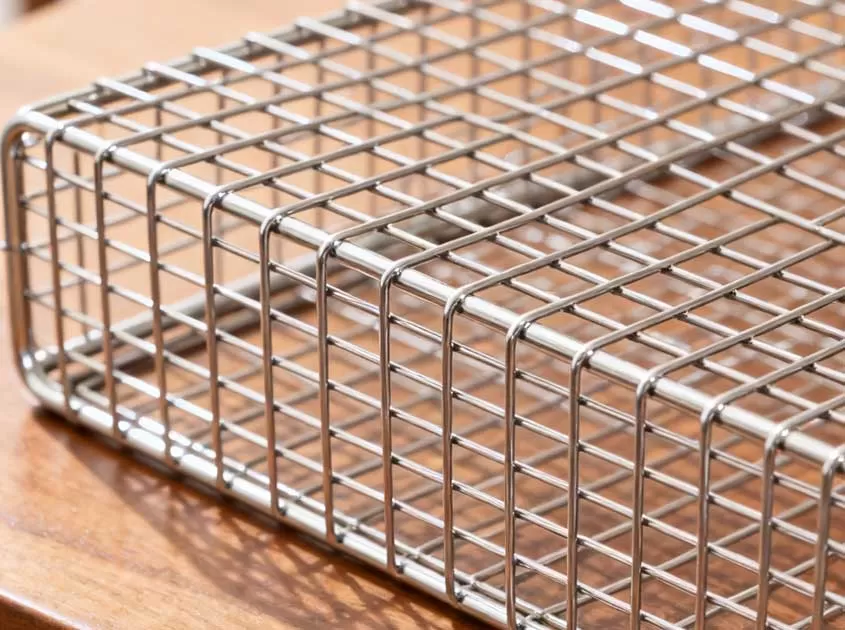 Corrosion-Resistant Stainless Steel Wire Mesh Oct 28, 2025
Corrosion-Resistant Stainless Steel Wire Mesh Oct 28, 2025

- Tel.: +86 311 83077076
- E-mail: sales@qunkunmetal.com
- Skype: qunkunsales01
- WhatsApp: 8618032412189
- Add.: No.69 The Filter Industrial Part of Anping, Hebei, China




